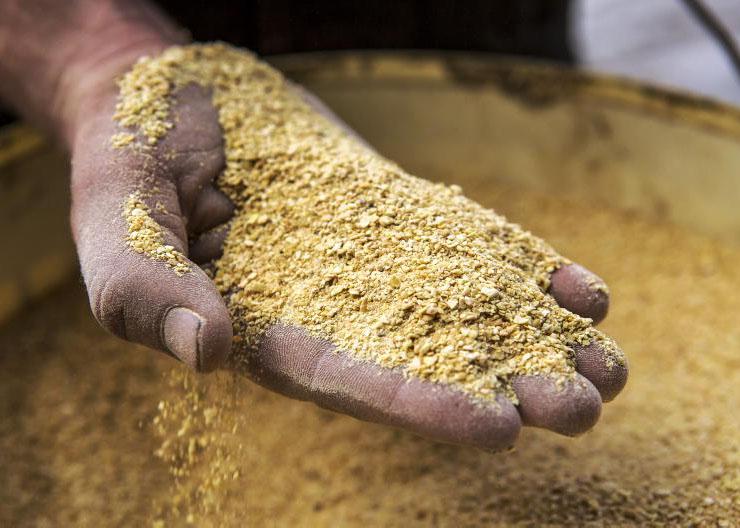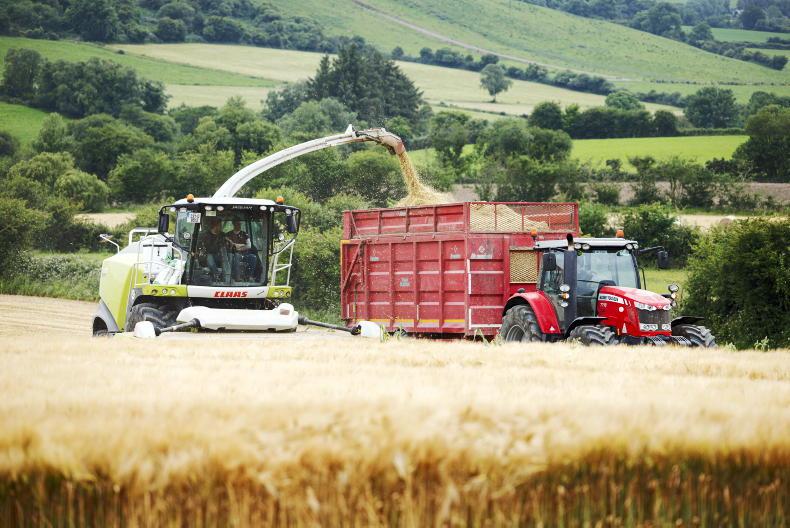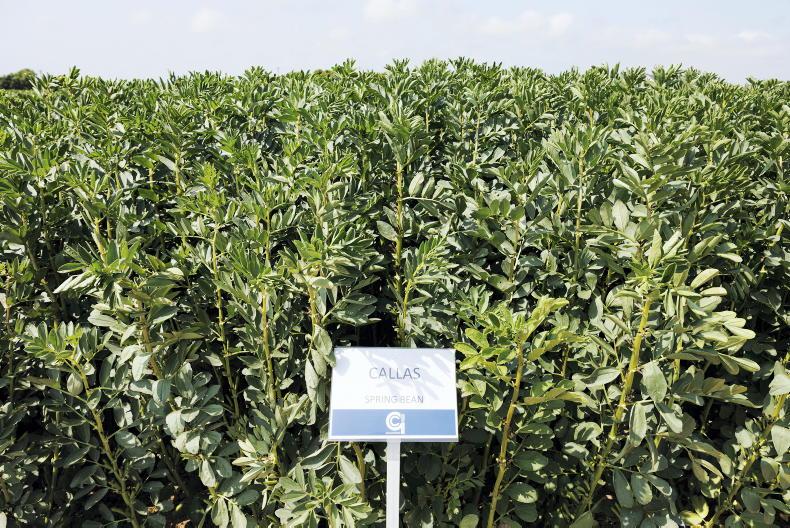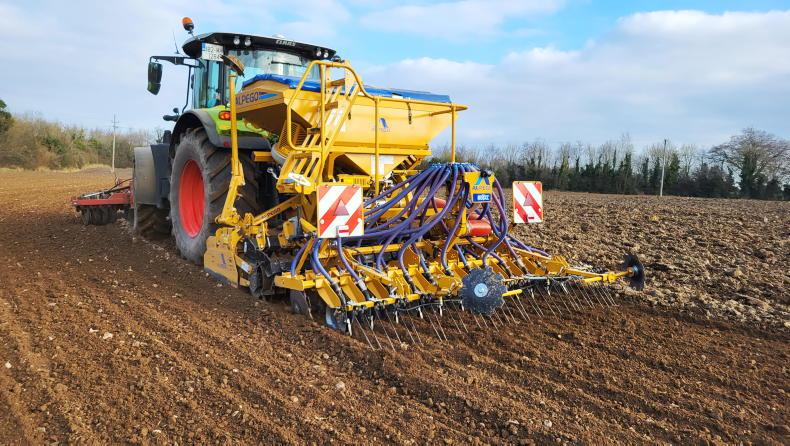Many farmers are no doubt thinking of sowing winter barley as we approach late September. After two very wet autumns, it is completely understandable.
Farmers will find it difficult to listen to advice to delay planting into October. They will want to get crops in in good conditions and avoid poor establishment or failed establishment.
Speaking at the recent Teagasc crops forum, Richie Hackett outlined some of the main risks with early sowing and how to reduce some of them.
BYDV
Trials carried out by Richie at Teagasc Oak Park showed the risk of barley yellow dwarf virus (BYDV) is increased with early sowing.
He noted that later sowing gives similar or better yields than early sowing where BYDV is a risk.
BYDV-tolerant varieties should be planted if sowing early to reduce risk.
Take-all
Take-all is a big risk to crops. Crop rotation and sowing date are two of the key management tools which can help to control take-all. The second crop after a break crop is at high risk for take-all.
Research by Richie showed that yield in a take-all situation was generally highest with delayed sowing. This research was carried out on BYDV-tolerant varieties to reduce the impact of BYDV on yield.
Latitude seed dressing can help to avoid some yield loss due to take-all at early sowing. However, Richie commented that the economics of latitude on barley are marginal. This means the sowing date is very important to reduce take-all risk.
Other factors
Aside from take-all and BYDV, grass weeds are another big issue and the risk can increase with early sowing.
Richie concluded by asking growers to consider whether they need to plant barley early.
Maybe they have a large amount of crops to plant and need to make an early start to maximise the amount of crops planted in good conditions.
If you have a smaller amount of acres to plant and can plant it in a quick enough window, then maybe you can afford to delay planting and it could benefit your yield in the long run.










SHARING OPTIONS